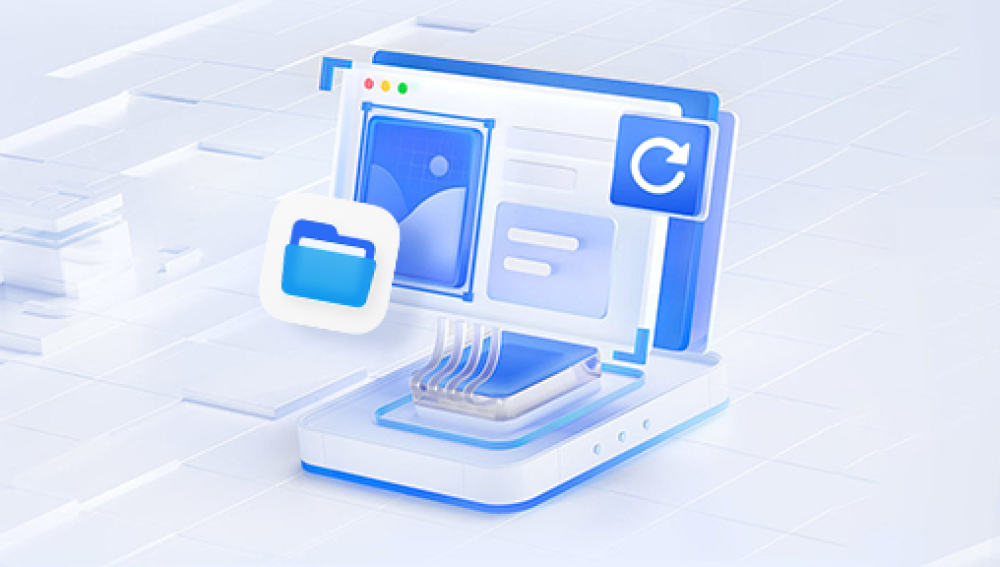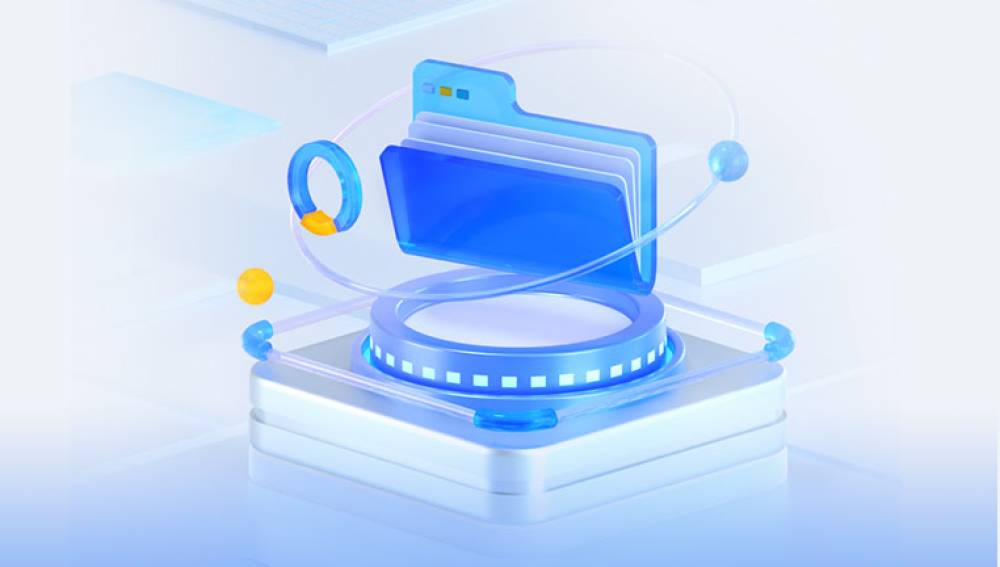Windows does not have a specific "Recently Deleted" folder for photos like some other operating systems do (e.g., macOS or iOS). However, there are a few places and methods you can use to recover recently deleted photos on Windows:
1. Recycle Bin
When you delete a file, it usually goes to the Recycle Bin, where it stays until you empty the bin or permanently delete the file.
Steps to recover from Recycle Bin:
Open the Recycle Bin by double-clicking its icon on the desktop.
Look for your deleted photos.
Select the photos you want to recover.
Right-click and choose "Restore." The photos will be restored to their original location.

2. File History
If you have File History enabled, Windows automatically saves copies of your files on an external drive.
Steps to recover using File History:
Connect the external drive that stores your File History backups.
Go to Settings > Update & Security > Backup.
Click on "More options" and then "Restore files from a current backup."
Browse through the backups to find your deleted photos and restore them.
3. Previous Versions
Windows has a feature called "Previous Versions," which allows you to restore files from earlier copies.
Steps to recover using Previous Versions:
Right-click the folder where the deleted photos were stored.
Select "Restore previous versions."
Browse through the list of available versions and select the one that contains your deleted photos.
Click "Restore" to recover the photos.
4. OneDrive
If you have been using OneDrive to sync your photos, they might be recoverable from the OneDrive Recycle Bin.
Steps to recover from OneDrive:
Go to the OneDrive website and log in with your Microsoft account.
Click on "Recycle bin" in the left-hand navigation.
Select the photos you want to recover.
Click "Restore" to bring them back to your OneDrive.
5. Third-Party Recovery Software
If the photos are not in the Recycle Bin or backed up, you can use third-party data recovery software to scan your drive for deleted files. Some popular options include:
Recuva: A free tool that can recover files from your hard drive, USB drives, memory cards, and other storage devices.
EaseUS Data Recovery Wizard: A powerful tool that supports various file types and storage devices.
Disk Drill: A user-friendly recovery tool that offers both free and premium versions.
Steps to recover using third-party software (e.g., Recuva):
Download and install the recovery software.
Launch the program and select the drive where the photos were stored.
Start the scanning process.
Once the scan is complete, browse through the list of recoverable files.
Select the photos you want to recover and choose a destination to save them.
6. Shadow Copies
Windows sometimes creates shadow copies of your files, which can be used for recovery.
Steps to recover using shadow copies:
Right-click on the folder where the deleted photos were stored.
Select "Properties."
Go to the "Previous Versions" tab.
Look for shadow copies that contain the deleted photos.
Select a version and click "Restore."
7. Contacting Professional Data Recovery Services
If the photos are extremely important and you cannot recover them using the above methods, you might consider contacting a professional data recovery service. They can help retrieve data from damaged or corrupted storage devices.
Steps to engage a professional service:
Search for reputable data recovery services online.
Read reviews and compare prices.
Contact the service and describe your issue.
Follow their instructions for sending your drive for recovery.
Tips to Avoid Future Data Loss
Regularly back up your important files using external drives or cloud services.
Enable File History and configure it to back up your files frequently.
Use reliable antivirus software to protect your system from malware that could cause data loss.
Be cautious when deleting files and always double-check before permanently removing them from your system.
By following these steps, you should be able to recover your recently deleted photos on Windows.




